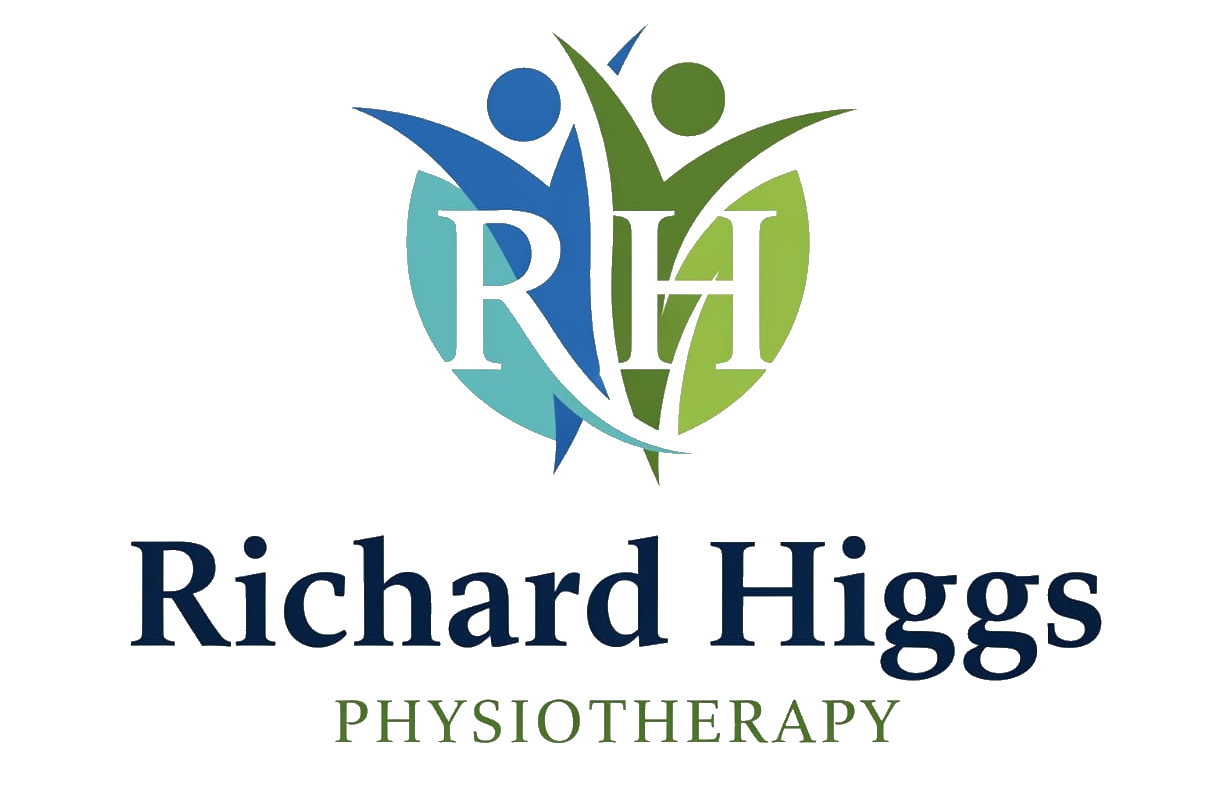Tips to Help Manage Low Back Pain
Low back pain affects millions of people worldwide and is one of the leading causes of disability. Whether you’re dealing with acute pain from a recent injury or chronic discomfort that’s been lingering for months, understanding how to manage your symptoms effectively can make a significant difference in your recovery and quality of life.
Understanding Low Back Pain
Before diving into management strategies, it’s important to understand that low back pain can stem from various causes including muscle strains, disc problems, poor posture, or underlying medical conditions. While most low back pain is mechanical and benign, it’s crucial to rule out serious underlying pathology that may require immediate medical attention.
The good news is that approximately 95% of low back pain cases are non-specific and respond well to conservative treatment approaches. However, recognizing the warning signs of serious conditions is essential for your safety and recovery.
Tip 1: Stay Active with Gentle Movement
Contrary to popular belief, bed rest is not the answer to low back pain. Research consistently shows that staying active, even when experiencing discomfort, promotes faster recovery and prevents the pain from becoming chronic.
What You Can Do:
- Start with gentle walking: Even 10-15 minutes of slow walking can help reduce stiffness and improve circulation
- Try basic stretches: Focus on gentle hip flexor stretches, knee-to-chest stretches, and pelvic tilts
- Maintain daily activities: Continue with light household tasks and work activities as tolerated
- Avoid prolonged sitting: If you work at a desk, take regular breaks to stand and move
Important Note:
Listen to your body and avoid activities that significantly worsen your pain. The goal is gentle movement, not pushing through severe discomfort.
Tip 2: Apply Heat and Cold Therapy Strategically
Temperature therapy is a simple yet effective way to manage low back pain symptoms. Understanding when to use heat versus cold can significantly impact your comfort and recovery.
Cold Therapy (First 24-48 hours):
- Apply ice packs for 15-20 minutes at a time
- Helps reduce inflammation and numb acute pain
- Particularly effective for recent injuries or flare-ups
- Always wrap ice in a towel to protect your skin
Heat Therapy (After initial inflammation subsides):
- Use heating pads, warm baths, or heat patches
- Apply for 15-20 minutes several times daily
- Helps relax muscles and improve blood flow
- Excellent for chronic pain and muscle tension
Pro Tips:
- Never apply heat or ice directly to bare skin
- Alternate between heat and cold if both provide relief
- Heat therapy before gentle exercise can help prepare muscles
- Cold therapy after activity can help prevent inflammation
Important Safety Note: If you have decreased sensation in your back or legs, use temperature therapy with extra caution to avoid burns or frostbite.
Tip 3: Get Professional Assessment to Rule Out Serious Pathology
While self-management strategies are valuable, professional evaluation is essential to rule out serious underlying conditions and ensure appropriate treatment. A qualified physiotherapist can differentiate between mechanical back pain and more serious pathology that requires immediate medical attention.
When to Seek Professional Physiotherapy Assessment:
- Pain persists beyond 2-3 days of appropriate self-care
- Symptoms are progressively worsening
- Pain radiates down your leg (possible sciatica)
- Numbness, tingling, or weakness in legs or feet
- Pain significantly interferes with sleep or daily activities
- Recurrent episodes of back pain
- Uncertainty about whether your symptoms are serious
